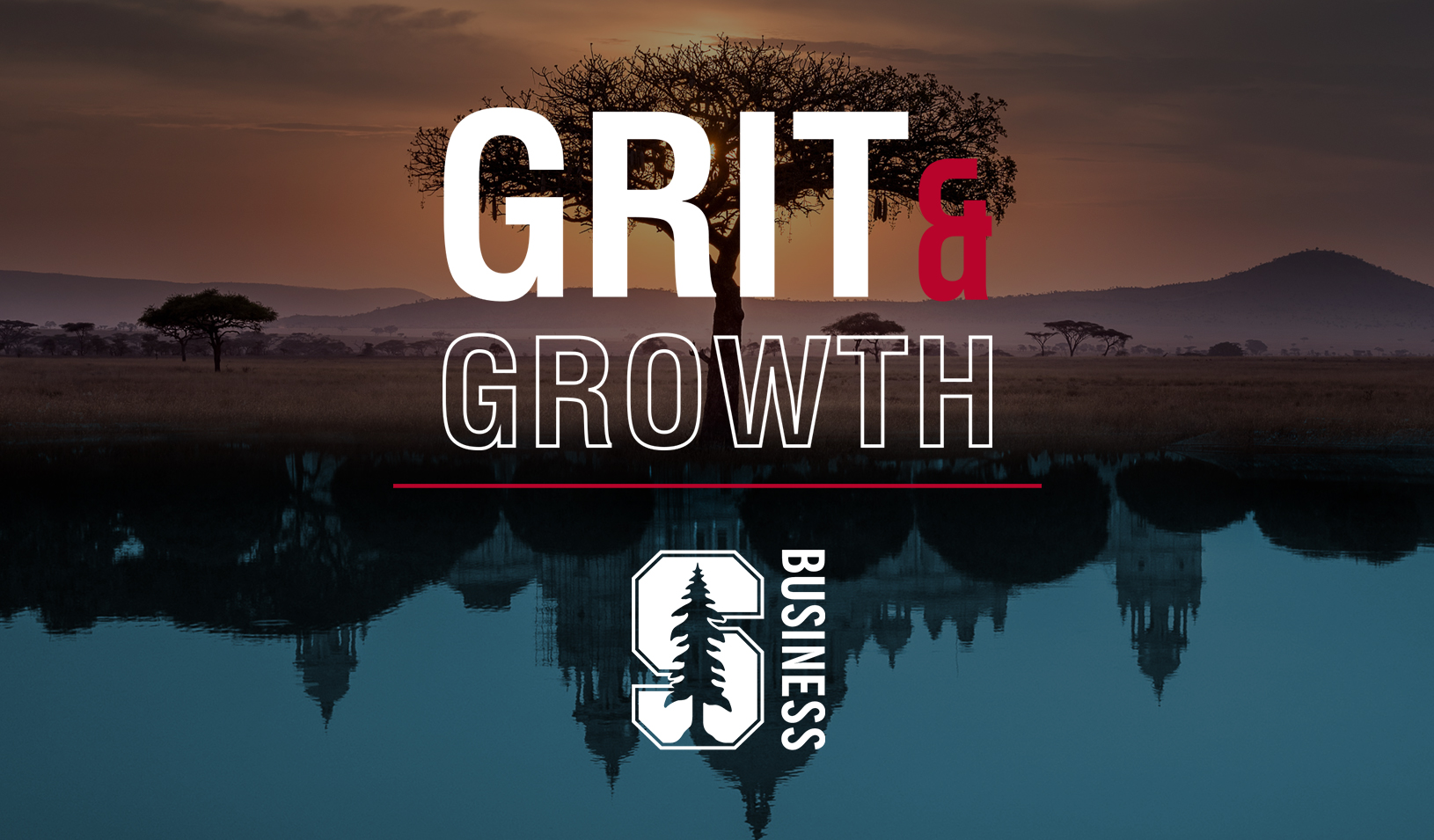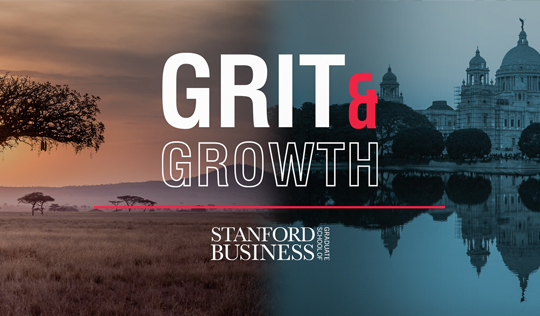Pixar thrives because it seeks out small crises, said Ed Catmull, the animation studio’s president and cofounder.
Rather than skate on the success of animated hits such as Toy Story, Finding Nemo, and The Incredibles, Pixar’s executive team continually solves problems in hopes of avoiding big ones, Catmull told a packed auditorium at Stanford GSB Conference on Entrepreneurship on January 31.
The last thing anyone wants to do after producing a hit movie is dissect what worked and what didn’t but Catmull insists on postmortems. “Organizations are inherently unstable,” he said. “You have to work to keep them going.”
To not engage in workplace soul searching is to invite potentially catastrophic problems for your business. Look at what happened to Evans & Sutherland and Silicon Graphics, Inc., both of which lost their place at the top of the computer graphics industry after a few serious mistakes, Catmull said. Success can mask a company’s problems until it buckles.
Catmull thought he’d learned this lesson from watching other companies, but when he and his colleagues began working on their second movie, A Bug’s Life, they faced lingering problems from Toy Story, their first release in 1995. Pixar’s jump into the movie business left newly arrived production managers feeling like second-class citizens to the artists and computer animators who had shaped the company’s first success. Coordinating the detail-oriented work of moviemaking had choked off communication. The problems were fixable, but they could easily have festered.
Making movies at Pixar also taught him the value of people over ideas.
“If you give a good idea to a mediocre group, they’ll screw it up. If you give a mediocre idea to a good group, they’ll fix it,” he said.
To avoid such problems, Pixar’s development department now spends much of its time building healthy creative teams.
Catmull also believes in taking care of employees, both in principle and as a money-saving tool. With so many “overachieving people working for overachieving managers” to produce Toy Story 2, Pixar started limiting the number of hours people could work and hired a full-time ergonomist and masseuse. Injuries dropped dramatically, along with insurance premiums, he said.
Other speakers at the conference highlighted the many paths to entrepreneurship.
Panelist Moises Eilemberg, MBA ‘02, recalled that he knew he wanted to run a company but wasn’t tied to a specific industry. He ended up raising a search fund, letting investors pay him to find a company to buy, in exchange for an option to invest in that company when the deal was done. In 2005, he found what he was looking for: an accounts receivable management company with offices in Illinois and Iowa.
He’s now president and CEO of H&R Accounts, Inc., an opportunity that “nobody else, at least in my case, would have given me” a few years out of business school, he said.
Search funds work well for entrepreneurs willing to give up a planned career path in exchange for control over day-to-day operations of a company, said Rich Kelley, MBA ‘89, a principal at Search Fund Partners which invested in Eilemberg’s search. A typical single-person search requires $250,000 to $300,000, and could take as long as 30 months.
Searching for a company to buy “is extremely time consuming and also lonely,” Kelley said. He checks in with his searchers and talks them through the process, which involves cold calling, poring over financial documents, and “spending dozens of hours wooing recalcitrant sellers,” he said.
Other conference panelists took the start-up route.
After business school, Tony Levitan, MBA ‘93, helped found Egreetings Network, one of the first companies to help users send digital postcards and gifts over the internet. At the time, he and his business partner didn’t know much about high tech, which he sees as a good thing.
“By coming in and not being of the industry, we ask different questions,” he said.
An entrepreneur should be passionate about his or her business, but that’s not enough to make a venture successful, Levitan said. After Egreetings Network was acquired in 2001, Levitan married his love of golf and business by marketing a set of coaching tips that clip on to golf bags.
Unfortunately, most golfers “would rather just drink beer” than improve their play, Levitan said. “It was a great little product but it wasn’t a great business.”
Other panelists agreed that having a good business idea that can work is at least as important as liking your product.
“It certainly wouldn’t hurt to be passionate, but I don’t think it’s essential,” said Josh Hannah, MBA ‘98, who is entrepreneur-in-residence at Benchmark Capital.
He didn’t place bets on sports and had never been to England when he moved there to start Flutter.com, one of the first online betting sites. None of it mattered because the idea was a blockbuster. Flutter.com merged with Betfair in 2001, and the site’s wagers now reach $3 billion annually.
Entrepreneurs have to assess their strengths, he said. He knew he didn’t have the patience to nurse a company through years of uncertainty.
“I want a business that’s going to fail spectacularly if it’s not going to succeed spectacularly,” he said.
Panelist Amy Baker, who started Nature’s Cure, a homeopathic skincare business, also thought she would build the company and sell to a competitor. She’s still running it 12 years later, and she said she loves the fact that her company changes teenagers’ lives by curing their acne.
For media inquiries, visit the Newsroom.





